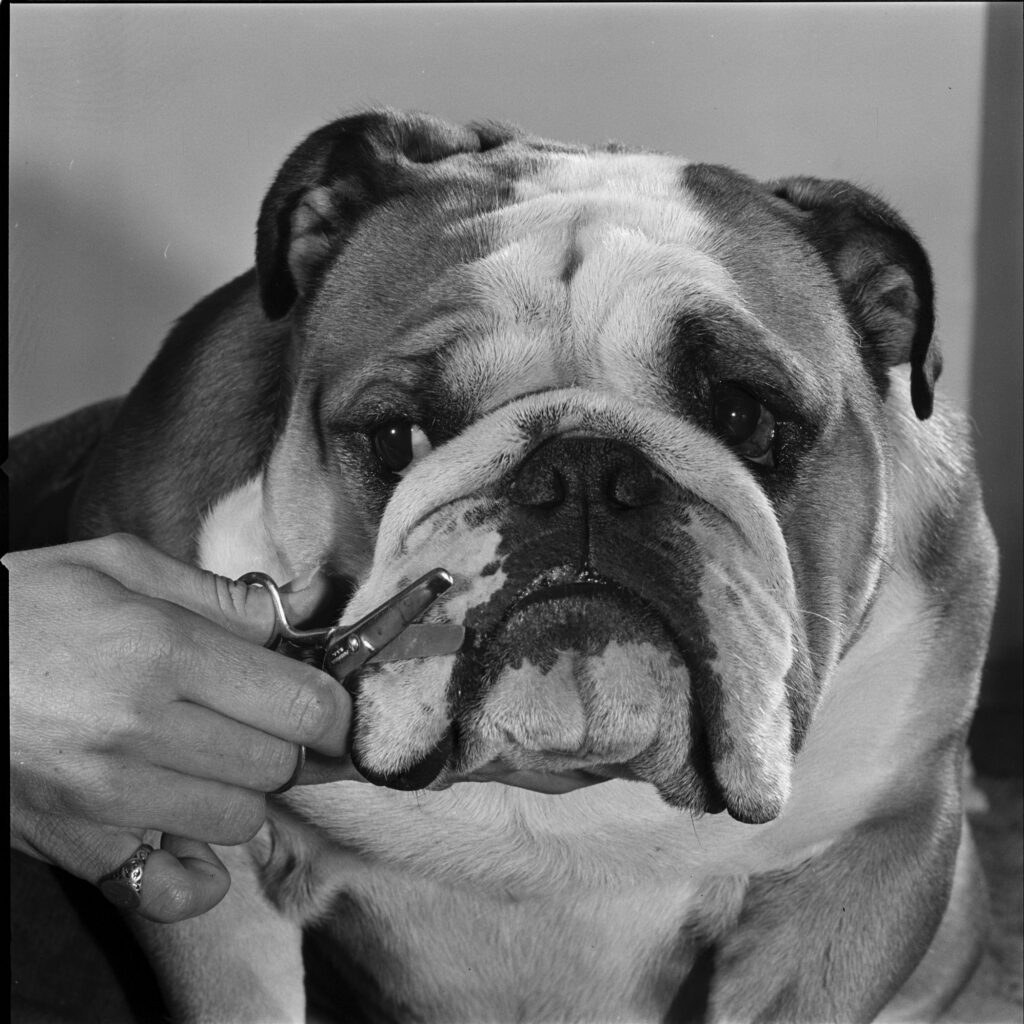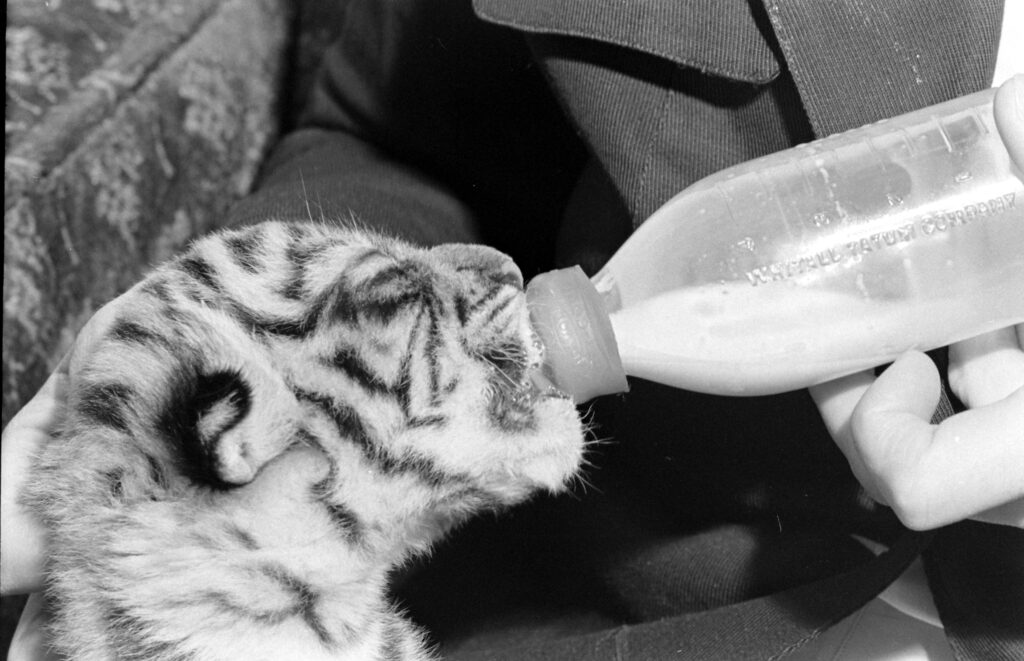Written By: Ben Cosgrove
It is, without question, one of the most famous, most frequently reproduced animal photographs ever made. But photographer Hansel Mieth‘s own attitude toward her 1938 portrait of a sodden rhesus monkey hunched in the water off of Puerto Rico was, to put it bluntly, conflicted. In fact, the German-born Mieth (1909-1998) memorably called the creature in the picture “the monkey on my back.”
As Mieth explained in a 1993 interview with John Loengard, published in his book, LIFE Photographers: What They Saw, she made the photograph while covering a Harvard Medical School primate study on tiny Cayo Santiago, off the east coast of Puerto Rico:
One afternoon all the doctors were away [Mieth told Loengard], and a little kid came running to me and said, “A monkey’s in the water.”
I came down, and that monkey was really going hell-bent for something. . . . I threw my Rolleiflex on my back and swam out. Finally, I was facing the monkey. I don’t think he liked me, but he sat on that coral reef, and I took about a dozen shots.
When she got back to New York, Mieth learned that the joke around the LIFE offices was that she’d produced a striking portrait of Henry Luce, the founder and publisher of TIME, LIFE, Fortune and other magazines: evidently, some of her colleagues felt that the rhesus in the water looked like their boss. When asked by Loengard, six decades later, if she felt the portrait did resemble Luce, Mieth was diplomatic.
I didn’t see Luce that much. He had lots of other things to do rather than talk with photographers. . . . But I suppose it does, in a way. It all depends on what kind of mood you are in. To me it looks like the monkey’s depicting the state of the world at the time. It was dark and somber and angry. There were a lot of dark clouds swirling around. I heard from many people that they were scared when they looked at it.
Today, the monkey on Mieth’s back still commands our gaze, inviting us perhaps challenging us to project our own fears, anxieties and speculations on to a picture, and a primate, that never gets old.
FINAL NOTE: While a half-dozen lesser pictures from the assignment in Puerto Rico were published in the Jan. 2, 1939, issue of LIFE, Mieth’s now-iconic monkey photo appeared a few weeks later, in the Jan. 16 issue accompanied by the caption, “A misogynist seeks solitude in the Caribbean off Puerto Rico.”
According to the magazine, a primatologist explained that “the chatter of innumerable female monkeys had impelled this neurotic bachelor to seek escape from the din” by fleeing the jungle and making his way into the waves.
Seventy-five years later, that particular theory about how and why the rhesus was out there in the water still sounds as reasonable as any other.
Ben Cosgrove is the Editor of LIFE.com

A rhesus monkey in Puerto Rico, 1938.
Hansel Mieth—The LIFE Picture Collection/Shutterstock

A baby rhesus monkey climbed on the chest of Michael Tomlin, a primatologist who cared for a rhesus colony in Humacao, Puerto Rico, 1938.
Hansel Mieth/Life Picture Collection/Shutterstock

This photo, which ran at a full page in LIFE in 1939, was labelled “Rhesus: Life Size” to show readers how small the monkeys were.
Hansel Mieth/Life Picture Collection/Shutterstock

A rhesus monkey ate a flower in Humacao, Puerto Rico, 1939
Hansel Mieth/Life Picture Collection/Shutterstock

A rhesus monkey searched for food in Cayo Santiago, Humacao, Puerto Rico, 1938.
Hansel Mieth/Life Picture Collection/Shutterstock

Rhesus monkeys searched for food on Cayo Santiago, Humacao, Puerto Rico, 1938.
Hansel Mieth/Life Picture Collection/Shutterstock













